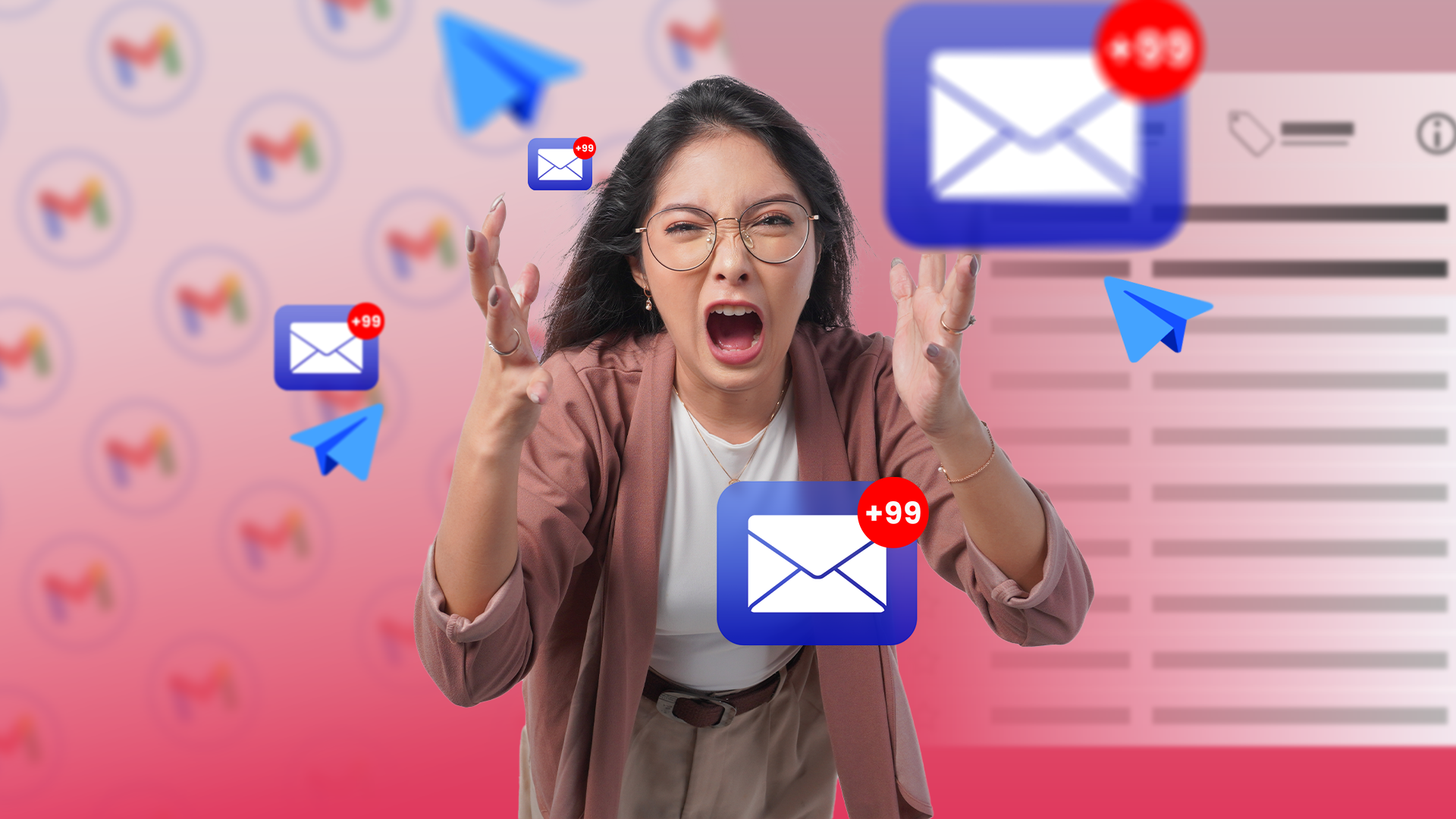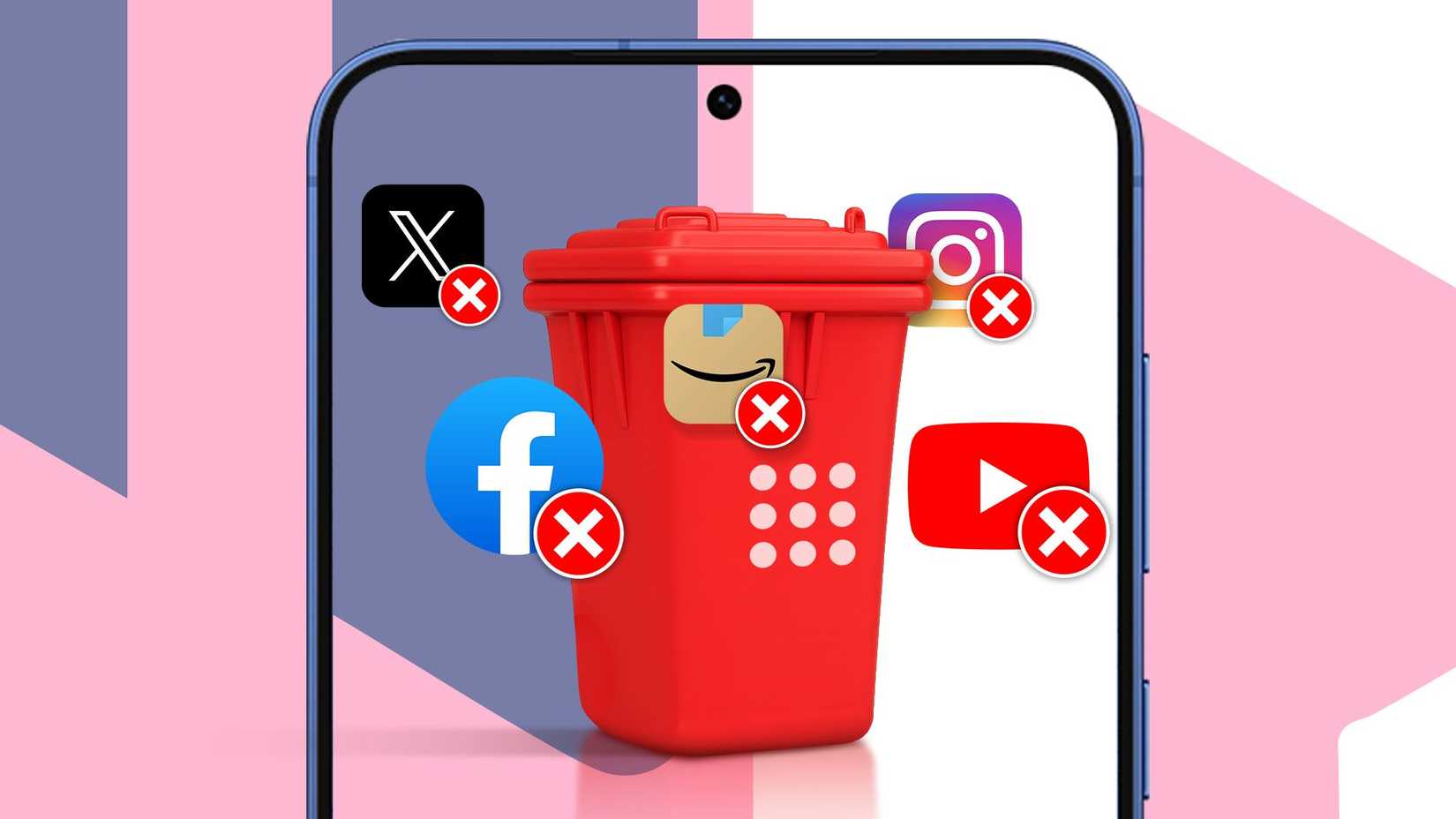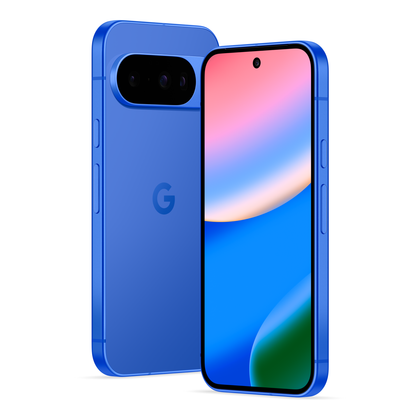Keeping your Gmail under control can be a full-time task, and it’s not uncommon for some of us to have four-figure, or even five-figure numbers of unread emails. But a new feature from Google may help that, as the company is allegedly testing a Mark as Read button in Gmail notifications.
While it doesn’t seem to have rolled out to a mass audience, a few users have noticed a new “Mark as Read” button in their Gmail for Android notifications, indicating that Google may be A/B testing the feature before an eventual rollout to a larger audience.
Get rid of emails quickly and efficiently
Not every email is created equally
According to a 2022 study by Findstack, the average Gmail user receives 10.8 emails a day — and while that may not seem like much, emails have a habit of building up quickly, and before you know it, you’ll end up with thousands of unread emails. But that may be coming to an end, thanks to a new “Mark as Read” button spotted on emails by an X user speaking to Android Authority.
Adding this small line may not seem like much, but it would be a huge quality-of-life improvement for every Android Gmail user. It’s easy to tell if you need to read an email fully from the sender, subject line, or even the first few lines. Being able to quickly mark an email as read, directly from a notification, saves you from having to separately mark it as read later on in the app, or from your browser.
Adding this would bring the Android Gmail app into line with its iOS counterpart and many other email apps, which already offer such functionality. It’s similar to “Mark as Read” on other apps, too, including messaging apps like WhatsApp, where it’s a serious timesaver. If you’ve ever been part of a large group chat, then you’ll know how great it is to just immediately mark a message as read without having to open the app, or leave the screen you’re on.
There’s no word on when or if this will be getting a larger rollout though, so don’t count your chickens just yet. It seems as if only certain people have been allowed early access to this feature, with only a few X users noting that their app has gained the functionality. If it does roll out on a mass basis, then it’s likely we’ll see it roll out alongside Google’s ongoing Material 3 Expressive updates.




